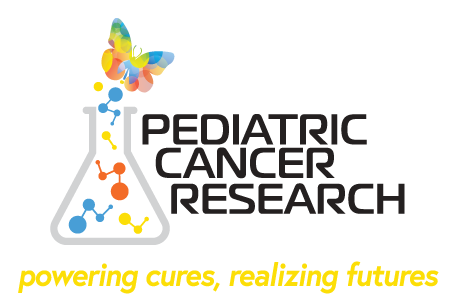By Bill Thomas | November 15, 2023
Since 2015, when she first published that neuronal activity actually drives the growth of cancer in multiple brain tumor types, Michelle Monje, MD, PhD has been pioneering our understanding of tumor biology. Her latest research findings, published November 1 in Nature, assert that tumors can hijack the biological machinery of brain plasticity – which enables learning – to drive their own growth.
These and other discoveries of Dr. Monje and her team form the foundation of a new branch of oncology called cancer neuroscience and describe what Dr. Monje explains is “a major set of interactions crucial to tumor biology that we had missed.”
Researchers have known for decades that cancers seize control of normal biological processes, allowing them to multiply. For example, tumors spur construction of blood vessels, building themselves “highways” to supply nutrients. It was only in the last few years that Dr. Monje and her Stanford Medicine colleagues discovered that tumors don’t just “tap the body’s highway system – they also “infiltrate and exploit its telecommunications.”

What is clear now, particularly in pediatric tumors, is that tumors intertwine in the nervous system. Dr. Monje’s team has shown that small developmental missteps underlie some of the worst childhood tumors, such as DIPG. This High-Grade Glioma arises in the brainstem that controls essential bodily functions and entwines with healthy cells, making it impossible to surgically remove.
These findings build on Dr. Monje’s earlier work showing that DIPG invades the nervous system and integrates into neural circuits because it fuels the malignancy’s growth. What’s more, as Dr. Kathleen Taylor, a researcher working with Dr. Monje explains, “These tumors use brain activity to grow. It is the same electrical activity that helps us think, move, feel, touch, and see. Cancer is plugging into that and using that to grow, invade and even occur in the first place.”
The Nature study points to some potential treatment options that were developed for other forms of cancer and which work surprisingly well at slowing the growth of DIPG and other gliomas.
As Dr. Monje, who has spent the past 20 years studying DIPG and other brain tumors, explains, “This is a connected tumor; it’s connecting to the entire nervous system. We must disconnect it and now we understand enough about this disease to have lots of really rational ways to do that.”
The Pediatric Cancer Research Foundation is proud to support Dr. Monje’s work through the Will Irwin Memorial Fund.





